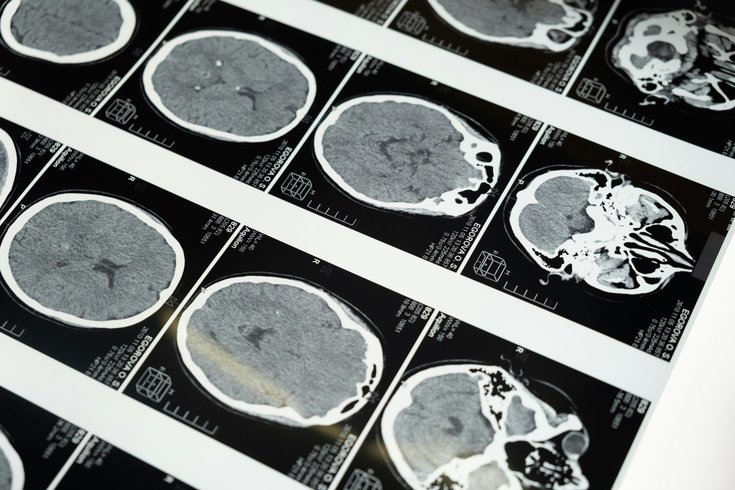
April 25, 2024
 cottonbro studio/Pexels
cottonbro studio/Pexels
Increases in brain volume and surface area may help explain why the incidence of Alzheimer's disease is decreasing, researchers say.
Human brains have been steadily growing through the decades, and that may be lowering the risk of dementia.
A new study out of UC Davis Health found that people born in the 1970s had brain volumes that were 6.6% larger than people who were born in the 1930s. Their brains' surface areas were about 15% greater, too.
Increased brain size may lead to larger brain reserve, potentially reducing the overall risk of age-related dementias, according to the study published in JAMA Neurology.
"Larger brain structures like those observed in our study may reflect improved brain development and improved brain health," said Dr. Charles DeCarli, director of the UC Davis Alzheimer's Disease Research Center. "A larger brain structure represents a larger brain reserve and may buffer the late-life effects of age-related brain diseases like Alzheimer's and related dementias."
Nearly 7 million Americans have Alzheimer's disease, the most common form of dementia. The Alzheimer's Association projects that by 2050, nearly 13 million people will be living with the disease.
But though the numbers are rising with the aging population in the United States, the percentage of the population with Alzheimer's is decreasing. A study from 2016 found a 20% reduction in the percentage of people affected by dementia per decade since the 1970s.
That overall decrease is possibly due in part to improved brain health and size, according to the UC Davis researchers.
Their study found gradual but consistent growth in several brain structures, including white matter, gray matter and the hippocampus – the brain region involved in learning and memory.
The researchers used data from a previous study called the Framingham Heart Study, a community-based research project that began in 1948 in Framingham, Mass. and examined patterns of cardiovascular and other diseases. Now 75 years later, the study includes second and third generations of participants.
UC Davis researchers looked at MRIs from 3,226 Framingham Heart Study participants born during the 1930s through the 1970s. The average age at the time of the MRIs was 57, with 53% of the participants being female and 47% male.